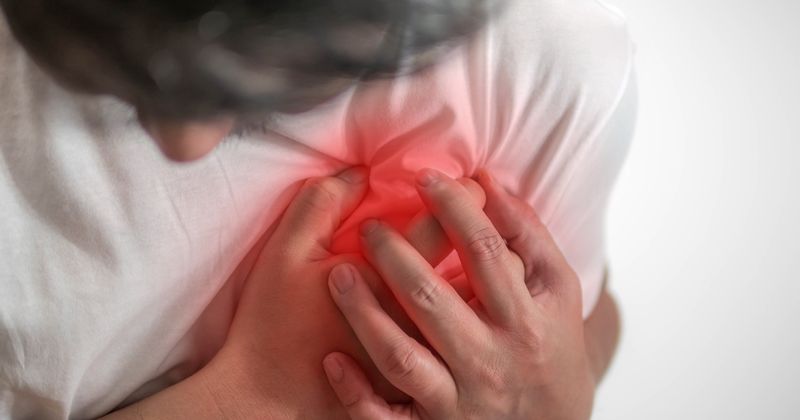Prior acute MI may not affect time to ED presentation with chest pain
Time from chest pain onset to ED presentation did not differ between patients who had a prior acute MI and those who did not, according to research published in the Journal of the American Heart Association.
For this prospective, multicenter study, researchers included 6,649 patients (33% women) who presented with acute chest discomfort to 12 EDs in five countries. Of these patients, 23% had a history of prior acute MI and 9% had a history of CAD but no prior acute MI. The primary outcome was patient delay quantified as time from chest pain onset to ED presentation (defined as time of first vital sign documentation). The secondary outcome was time from chest pain maximum to ED presentation.

Time to ED presentation
Researchers found that time from chest pain onset to ED presentation was similar among patients with and without prior acute MI (median, 5 vs. 5.8 hours, respectively; P = .86).
Results were similar for the secondary outcome of time from chest pain maximum to ED presentation among patients with and without prior acute MI (median, 3 hours in both groups; P = .99).
In addition, patients with and without prior acute MI had comparable rates of ED admission via ambulance (prior acute MI, 17%; 95% CI, 15-18.8; no prior acute MI, 16%; 95% CI, 14.5-16.5; P = .23).
“These findings reject our hypothesis and have important clinical implications,” Valentina Troester, MD, of the Cardiovascular Research Institute Basel and department of cardiology at University Hospital Basel in Switzerland, and colleagues wrote. “The impact of post-acute MI educational programs specifically, and medical factors in general, on chest pain onset ED during subsequent acute chest discomfort episodes seems much smaller than previously thought.
“These findings also extend and support observations that many patients with prior acute MI do not perceive themselves as being at an increased risk of having another acute MI,” the researchers wrote. “In addition, nonmedical factors, including sociodemographic aspects, seem to play an important role in the decision of seeking medical help.”
Subgroup analyses
Among patients with prior CAD compared those without prior CAD, time from chest pain onset to ED presentation was also similar (median, 5.5 hours in both groups).
Among women with and without prior acute MI, the primary outcome was similar (median, 6 hours in both groups).
In a subgroup analysis of patients with an adjudicated diagnosis of acute MI, the time from chest pain onset to ED presentation among those with and without prior acute MI was also similar (median, 5 hours in both groups), according to the study.
“Two main consequences emerge from these findings,” the researchers wrote. “First, post-acute MI educational programs need to intensify efforts aiming at increasing the implementation efficacy of the theoretical content of acute MI symptom recognition and the ‘time is muscle’ concept. This likely should include methods to better address symptom denial. Second, as nonmedical factors seem to be important contributors to chest pain onset ED, efforts aiming to explore and possibly mitigate them should be intensified.”
